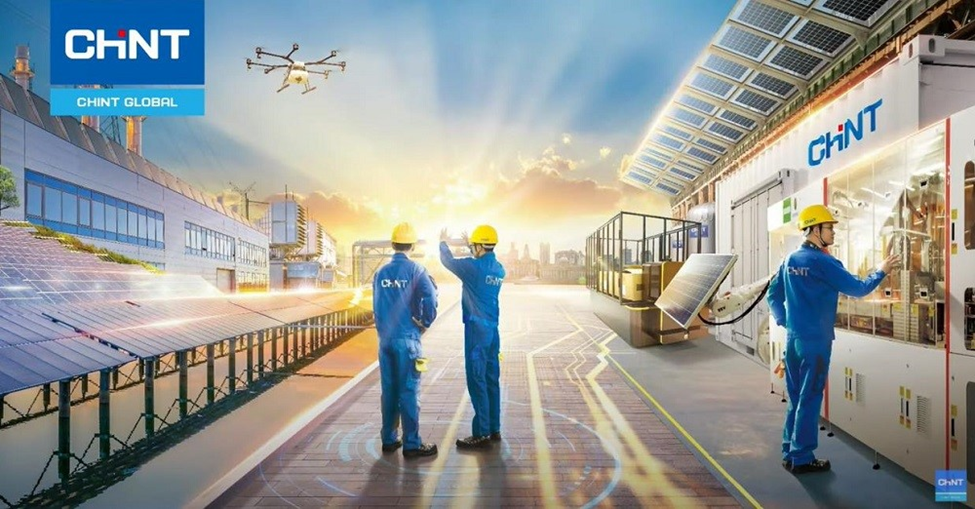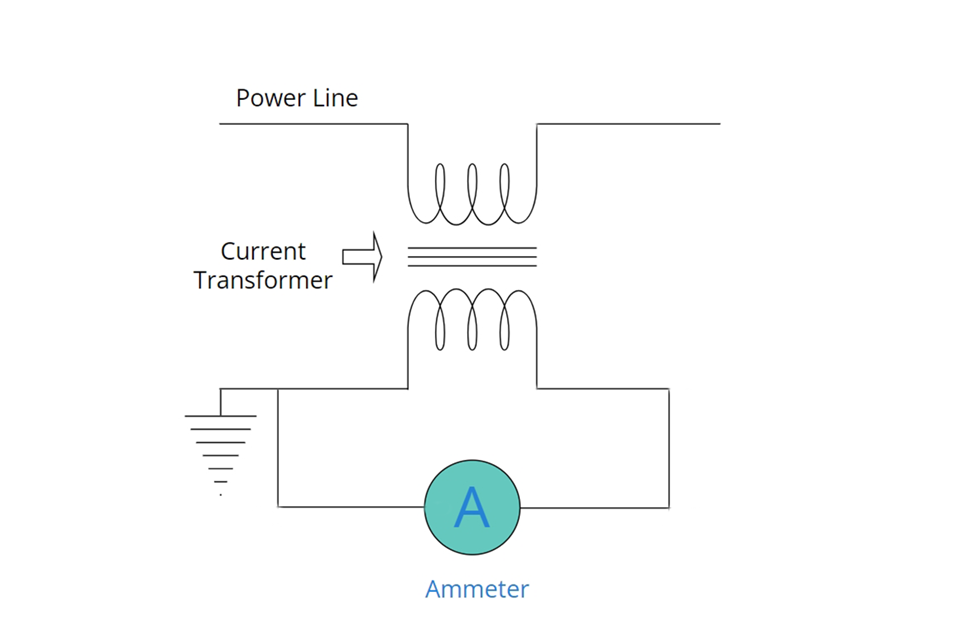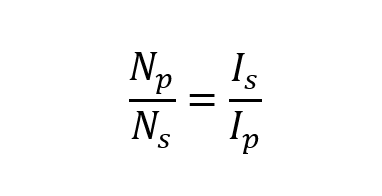Current transformers are crucial in large electrical systems. They enable essential functions like monitoring, protection, and metering. As key components, HV current transformers work to safely step down large primary currents to measurable levels for crucial applications such as revenue metering, equipment protection, power quality analysis, and more. HV current transformers are critical for personnel and equipment safety, as they interface massive high-voltage circuits and instrumentation. A practical understanding of high-voltage current transformer principles, applications, and importance is key for professionals working with high-voltage infrastructure.
Understanding HV Current Transformers
Current transformers come in various designs suited for different high-voltage needs. At their core, all current transformer solutions perform the important task of making large currents safe to measure.
Overview and Basic Function
A current transformer (CT) is a component that reduces high current levels to safer, measurable amounts. It works through electromagnetic induction to produce a current output directly proportional to the primary current flowing through it. This allows large transmission and distribution currents to be safely scaled down for applications like metering, protection, and monitoring systems.
Components and Construction
A HV current transformer consists of a magnetic core, a primary winding for the high current input, and one or more secondary windings. The assembly is typically encased in an oil-filled metal tank with insulated bushings for wiring connections. The oil insulates the core and windings while assisting heat dissipation to maintain equipment ratings.
Types of HV Current Transformers and Their Applications
Current transformers for high-voltage applications come in various structural designs. They come in two primary types: dead-tank CTs and live-tank CTs, each with specific applications and advantages.
Dead-tank CTs
Dead-tank CTs are designed with the core and secondary windings immersed in insulating oil within a tank that is electrically grounded. This type of construction provides a high level of dielectric strength and protection against overvoltages, making them suitable for applications requiring high reliability in harsh electrical environments.
Dead-tank CTs are often chosen for use in transmission lines and substations where the stability and longevity of the equipment are critical. Their robust design ensures minimal maintenance and a long service life, which is particularly beneficial in remote or hard-to-reach locations.
Live-tank CTs
Live-tank CTs, in contrast, have their core and secondary windings immersed in insulating oil, but the tank itself is energized. This configuration allows for a compact design and rapid response to current changes, which can be advantageous in applications requiring fast-acting protection and precise current measurements.
Live-tank CTs are frequently used in distribution networks and industrial settings where space is at a premium, and quick detection of faults is necessary for efficient operation.
Working Principle of Current Transformers
It is important to grasp current transformers’ fundamental operating principles to properly understand and utilize them. HV current transformers function through electromagnetic induction, a key discovery of electrical engineering.
Electromagnetic Induction Principle
As Michael Faraday demonstrated, a changing magnetic field around a conductor induces a voltage in that conductor. This phenomenon provides the basis for generators and transformers. In a current transformer, the varying field from the primary current causes induction in the secondary winding. According to Faraday’s law of induction, the interaction between the magnetic fields and windings enables the transfer of power from the input to the output side.
In practical current transformer applications, this principle is used to convert high currents into lower, more manageable currents that can be easily measured. The primary winding (primary side) of the current transformer carries the current to be measured, while the secondary winding (secondary side) generates an induced current that is proportional to the primary current. Ensuring a known turn ratio between the primary and secondary windings makes it possible to calculate the primary current by measuring the secondary current.
The turns ratio can be expressed as:
Where:
- N(p) is the number of turns in the primary winding.
- N(s) is the number of turns in the secondary winding.
- I(p) is the primary current (high current).
- I(s) is the secondary current (low current, which is easier to measure).
Using this relationship, it is possible to accurately measure and monitor high-voltage currents without direct contact with the dangerous high currents. This method is essential for power system protection, monitoring, and metering.
Importance of HV Current Transformers
HV Current transformers play an indispensable role in high-voltage systems by enabling critical monitoring and protective functions. With safe current measurement at its core, a CT’s importance spans several important areas:
1. Ensuring Safety
In power distribution and transmission scenarios, HV CTs are essential for maintaining a safe operating environment. They provide a precise current signal that is used by protective relays to detect abnormal conditions such as short circuits or overloads. By offering this vital information, HV CTs enable the relays to trip circuit breakers promptly, thereby preventing electrical fires, equipment damage, and potential harm to personnel.
2. Facilitating Measurement and Monitoring
From billing-level metering to complex differential protection schemes, current transformer secondaries supply the proper current and voltage monitoring quantities needed by relays and automation controllers.
This capability is vital in scenarios such as utility companies’ billing processes, where accurate measurement of consumed power is necessary for fair billing and revenue generation.
3. Preventing Damage and Downtime
CTs minimize costly outage times and lost revenue by immediately warning operators of overloads and anomalies before failures occur.
In scenarios like continuous manufacturing processes or mission-critical facilities, where uptime is crucial, HV CTs play a significant role in maintaining the smooth operation of the electrical system. By preventing unexpected outages and minimizing repair times, HV CTs contribute to the overall reliability and productivity of the facility.
CHINT’s Current Transformers
CHINT is a leading global provider of smart energy solutions. With industry experience, extensive R&D, and impressive manufacturing capacity, CHINT delivers high-quality products and services. CHINT’s current transformers integrate the latest technology to ensure high accuracy and reliability.
The applications of CHINT’s current transformers are extensive, covering key areas in the power and energy sector. They are essential in power generation facilities for monitoring the performance of generators and transformers. In transmission and distribution networks, they play a critical role in maintaining the flow of electricity by detecting anomalies and preventing system failures. Additionally, they are used in industrial and commercial settings for energy management and in renewable energy installations to optimize production and integration with the power grid. CHINT’s current transformers are a cornerstone in ensuring the safety, efficiency, and reliability of electrical systems across various industries.
Conclusion
Overall, current transformers play a vital connecting role in high-voltage systems by facilitating safe and reliable monitoring, protection, and control. Electrical professionals must understand their working principles and importance. As a leading global brand, CHINT’s oil-immersed HV current transformer products offer robust solutions with numerous user and environmental benefits. Visit the manufacturer’s website for more information about its product and service offerings.



